We didn’t see a Canon R5 Mark II or other high-profile camera arrive at CES 2024, to nobody’s surprise. But there are plenty of products at the annual electronics show that photographers should check out.
From new laptops to external storage, a number of products caught my eye. Some are shipping now, some will arrive later this year, and one of the most interesting — Spectricity’s S1 multispectral camera module — won’t show up unless you buy a 2025 smartphone that has it built in.
Here are the accessories and other products that stood out for me at CES.
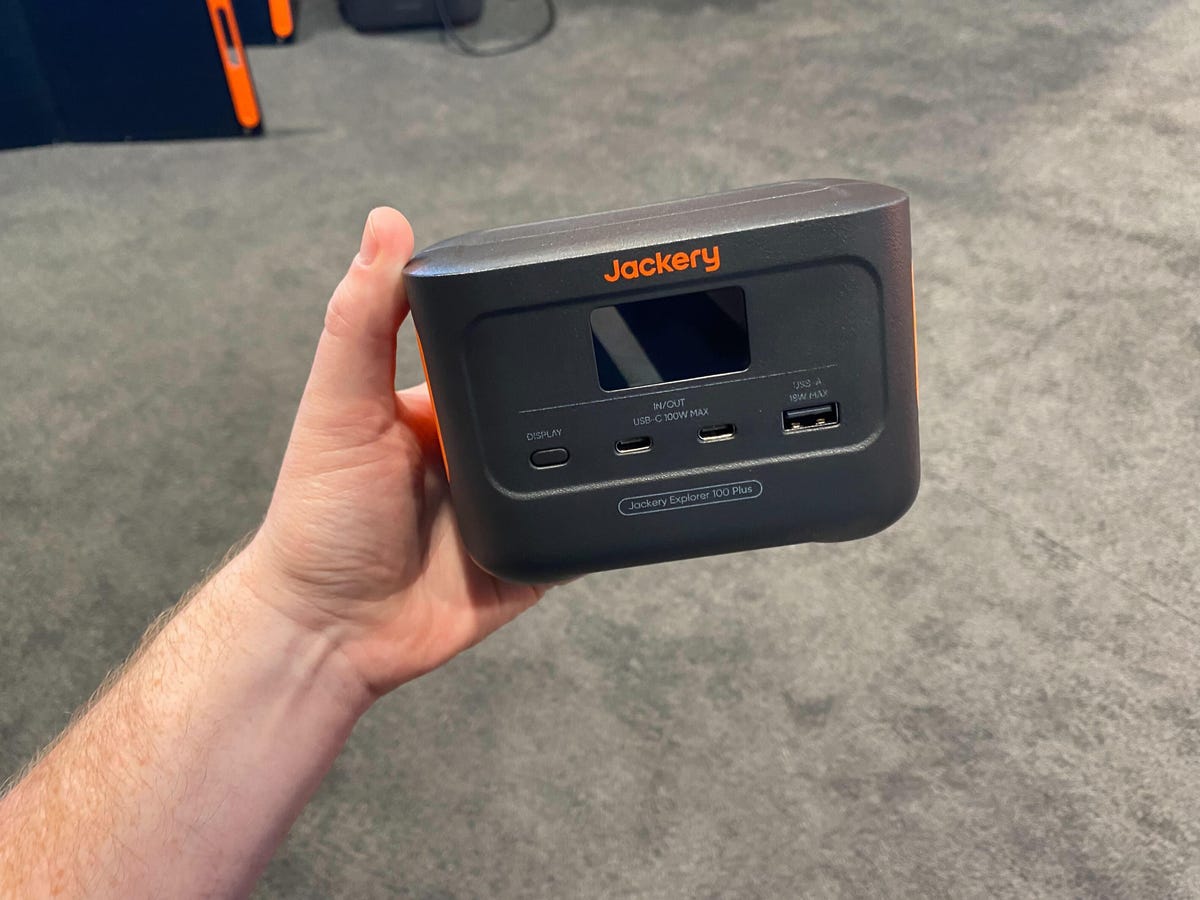
The Jackery Explorer 100 portable battery.
Jackery’s Explorer 100 portable battery
I’m a fan of battery packs around the house, especially during power outages, but they can also be helpful for photographers and video shooters on the road to charge up drone or camera batteries or to power your laptop while you’re editing away from a power plug.
The $149 Jackery Explorer 100 is small enough to be portable but large enough, with just under 100wH of energy storage, to significantly extend your batteries’ life spans. A 40-watt portable solar panel coming later should improve its utility, too. It features two USB-C charging ports and one USB-A port, so look elsewhere if you need to plug in a power cord. (But really, try to charge over USB directly, because plugging in power cords wastes lots of battery capacity because power has to be converted from DC to AC and back.)
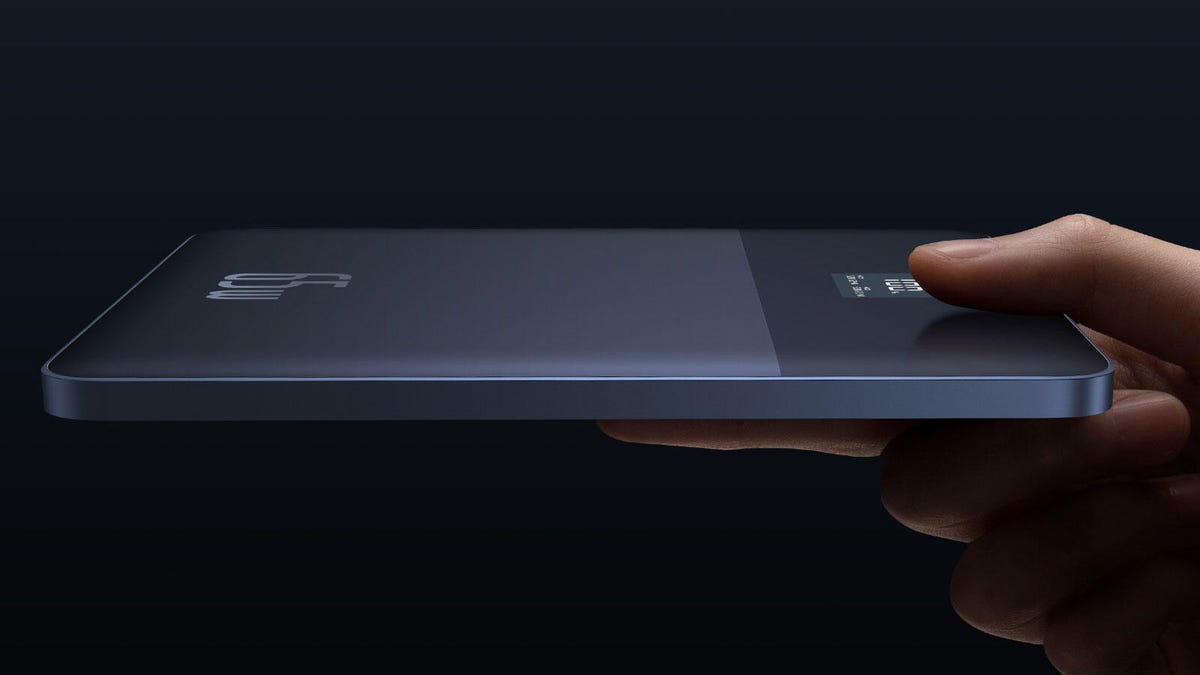
The slim Baseus Blade2 battery.
Baseus Blade2 slim laptop battery
Baseus’ 0.4-inch (10-millimeter) thick Blade2 slim USB-C battery has a usefully large 12,000mAh capacity that can tuck up against the bottom of your laptop for editing photos on the go. It’ll charge your phone, camera and other devices, too, of course — it’s got dual USB-C charging ports — but its pancake shape makes it well suited to laptops.
The battery weighs 11ounces (323 grams) and can charge at 65 watts. It’s due to ship in March for $110.
The S1 captures 16 different frequencies of light, far more than the trio of red, green and blue of conventional digital cameras, and that can help determine what the true colors are for a scene, the company argues.
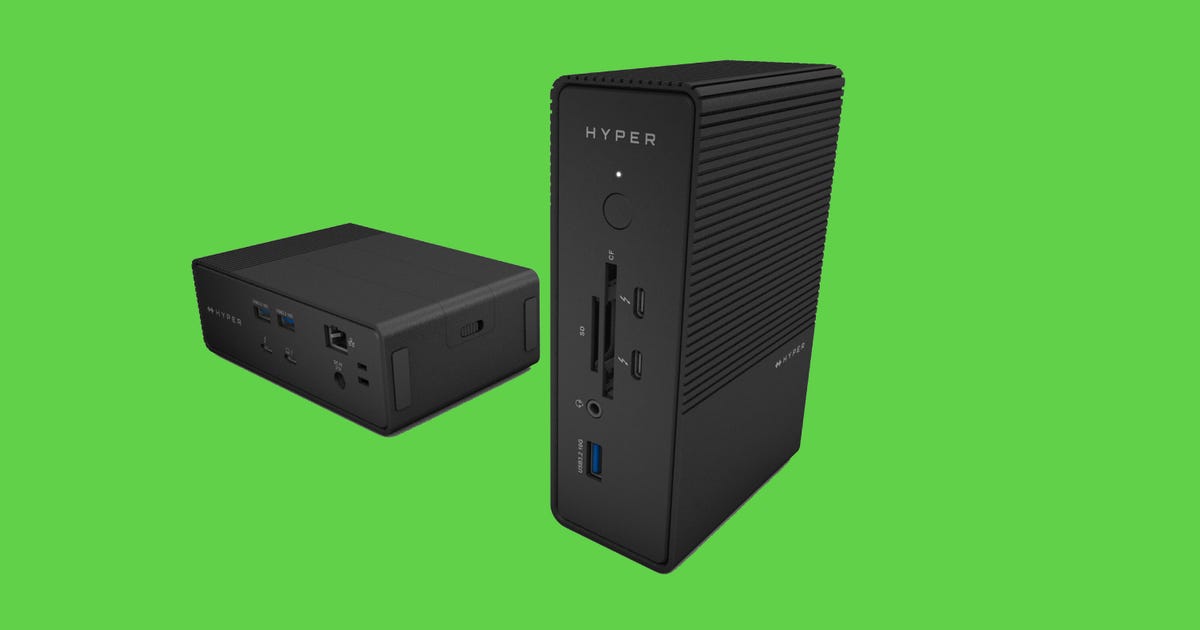
Hyper’s HyperDrive Thunderbolt 5 dock has ports for three Thunderbolt 5 devices, CFexpress Type B cards, USB-A peripherals, and more.
HyperDrive Next Thunderbolt 5 dock
The HyperDrive Next Thunderbolt 5 Dock won’t ship until the third quarter, but it should deliver a lot of utility for its $399 price beyond the usual host of data and network ports.
First, it makes the jump to Thunderbolt 5, which doubles data transfer speeds to 80Gbps, or even up to 120Gbps for big external monitors. You’ll need a brand-new Intel PC, too, though Macs could potentially support Thunderbolt 5 by the third quarter. Second, it’s got a built-in slot for an SSD for extra storage space. Third, it’s got slots to read both CFexpress Type B and SD Card memory cards to ingest photos and videos more quickly.
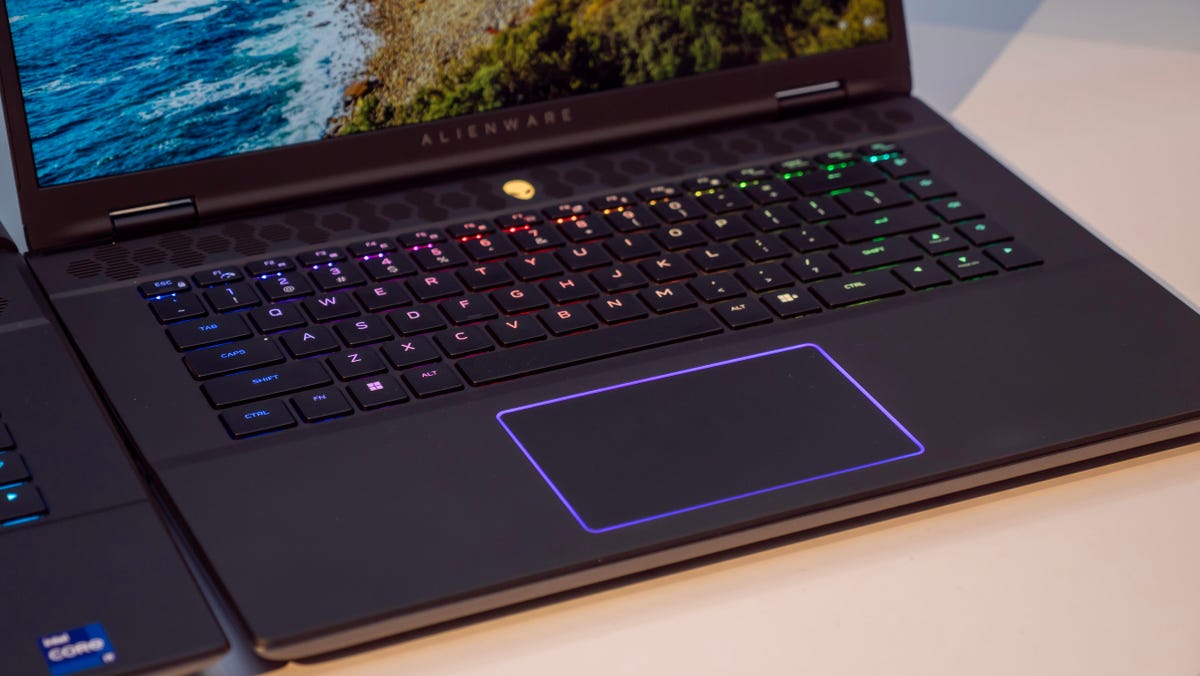
Rainbow-hued keys don’t help you edit photos any faster, but gaming laptops can have horsepower useful for creative tasks.
A faster new laptop
A gaggle of new laptops debuted at CES, but the ones that looked most promising to me were the refreshed Dell XPS models (though I’m not a fan of the keyboard’s top row of faux capacitive touch buttons nor the borderless trackpad), the Alienware Alienware x16 R2 and the HP Omen Transcend 14.
Laptops have a lot of variables, though, and Macs are very popular among photo and video editors. So check the specs for what you need, whether that’s a big monitor, better battery life, an HDR-capable screen, or maximum performance.
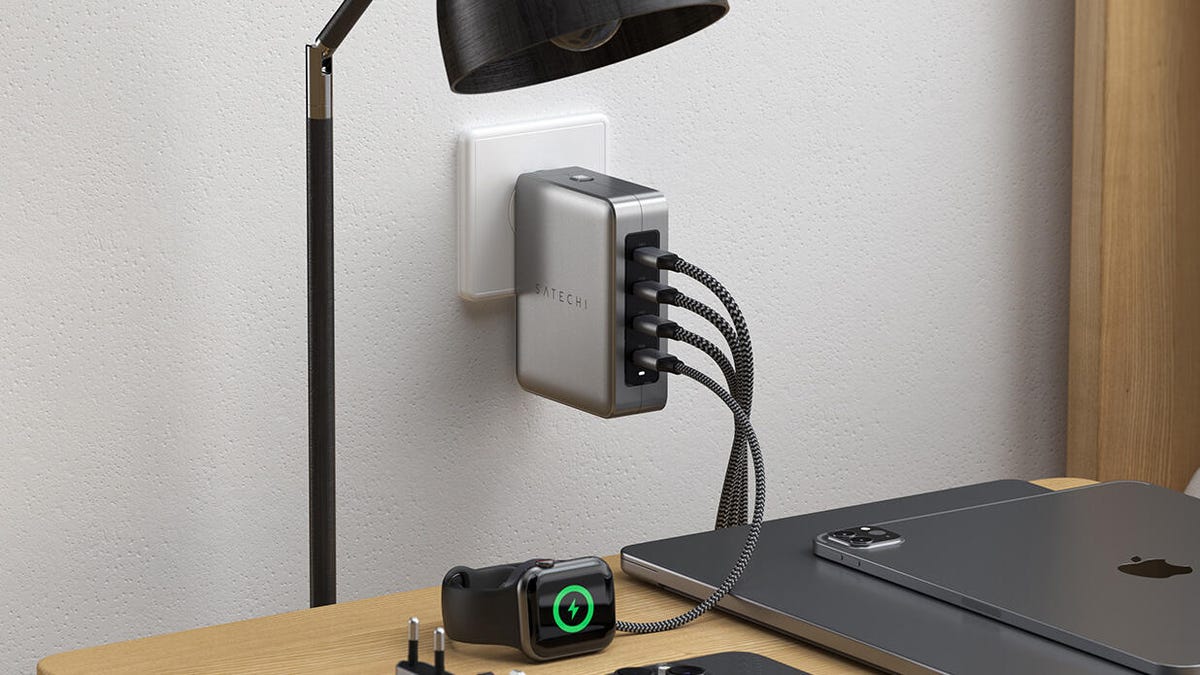
Satechi’s 145-watt, four-port USB-C travel charger.
Satechi 145W 4 USB-C port travel charger
Satechi’s 145-watt USB-C four-port GaN travel charger is a compact $120 design that goes all in on USB-C, so don’t get it if you need to attach old-style USB-A charging cables. It’s got four power prong adapters for use in many countries, if you’re traveling.
Its 145-watt total power output is substantial, good if you need to charge a laptop, phone and camera at the same time. It’s available now (and you get a 20% discount with the code CES20).
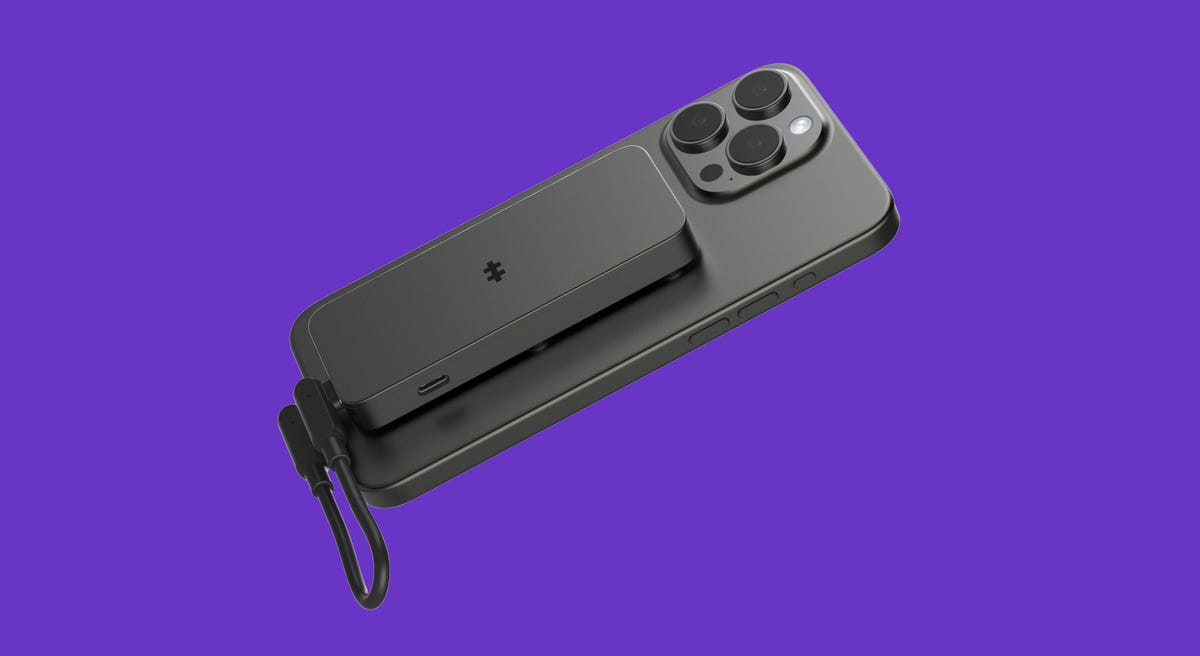
The HyperDrive Next Snap-On USB-C SSD Enclosure brings terabytes of storage space to iPhone 15 Pro videographers.
HyperDrive Next snap-on USB-C SSD enclosure
If you’re shooting high-quality video on your iPhone with log and ProRes formats, you’ll quickly exhaust your phone’s capacity. That’s where the HyperDrive Next snap-on USB-C SSD enclosure fits in. It supports Apple’s magnetic MagSafe technology to attach to the back of your iPhone 15 Pro, plugging in with a short USB-C cable.
It’ll cost $40, but it doesn’t include the SSD itself. It should arrive in the second quarter of 2024.
New Meteor Lake processors from Intel and AMD have AI acceleration hardware built in, which is nice at least in principle for software like Adobe Photoshop and Lightroom that uses artificial intelligence algorithms for things like selecting people’s faces or blurring backgrounds. But the true potential of AI hardware likely will take months and years to arrive as software developers tap into the new hardware abilities.
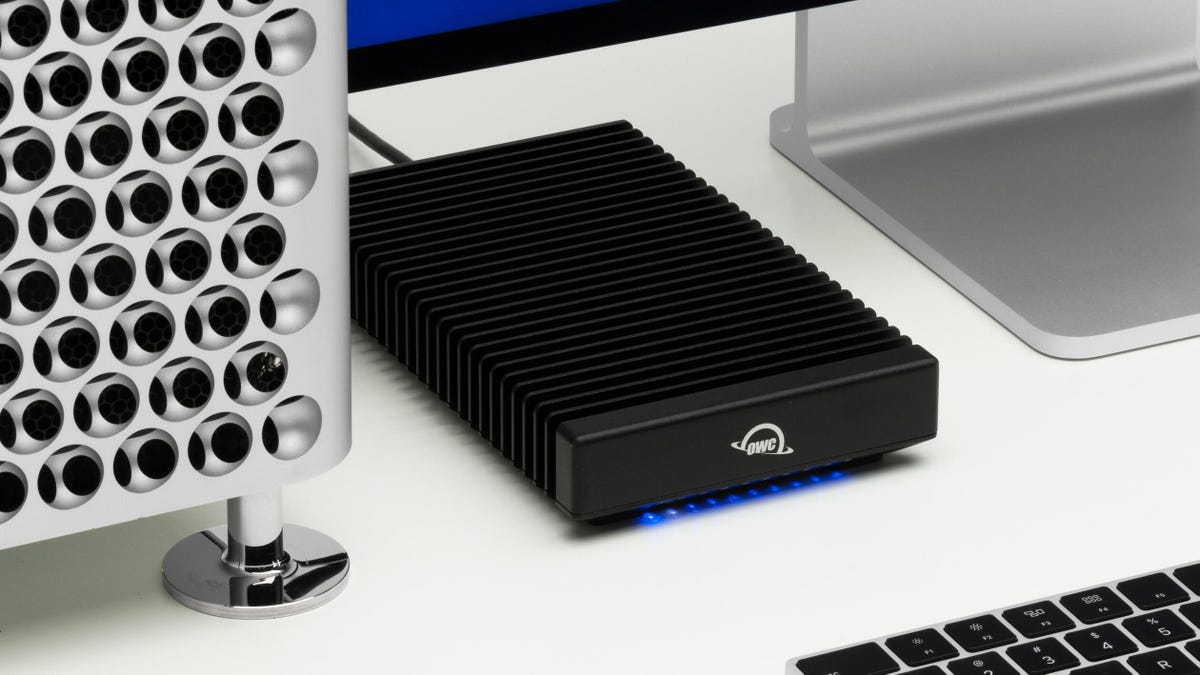
Other World Computing’s ThunderBlade X8 is a fast SSD array that connects to computers over a Thunderbolt port.
OWC’s Thunderblade X8 storage array
When it comes to external storage products, you generally get to choose only two out of three features: fast, capacious and inexpensive. Other World Computing’s new Thunderblade X8, an eight-bay SSD array, goes for the first two. The starting price of $1,749 for an 8TB model rises to $2,750 for a 16TB model. A 32GB model should go on sale “soon.”
But the system is fast, with data transfer speeds of 2.9 gigabytes per second. With eight SSDs, it can use RAID (redundant array of inexpensive drives) for data protection, meaning your data remains intact even if one of the drives completely fails.
It has an external power source but no fan, and it’s relatively portable for movie sets or for photo and video pros with many more gigabytes of photos and footage than will fit on a laptop.

Spectricity’s multispectral camera can correct color problems in smartphone photography. The top three example photos, taken with a Google Pixel 7 Pro, show significant color changes in a scene when taken with warm, neutral, and cool lighting. The bottom three photos, boosted with Spectricity’s 16-color camera image, show truer and more consistent color.
Spectricity’s S1 multispectral camera
The Spectricity multispectral camera isn’t a product you can buy alone. Instead, it’ll start shipping next year in some smartphones. The technology could help improve photos in complex lighting situations — mixed sun and shadow, for example, or two different types of indoor lighting.
And that means some smartphone makers could use it as a way to differentiate their phones from mainstream models. It remains to be seen how well the technology works and what fraction of photos it’ll improve, but it’s an intriguing development photographers should watch.
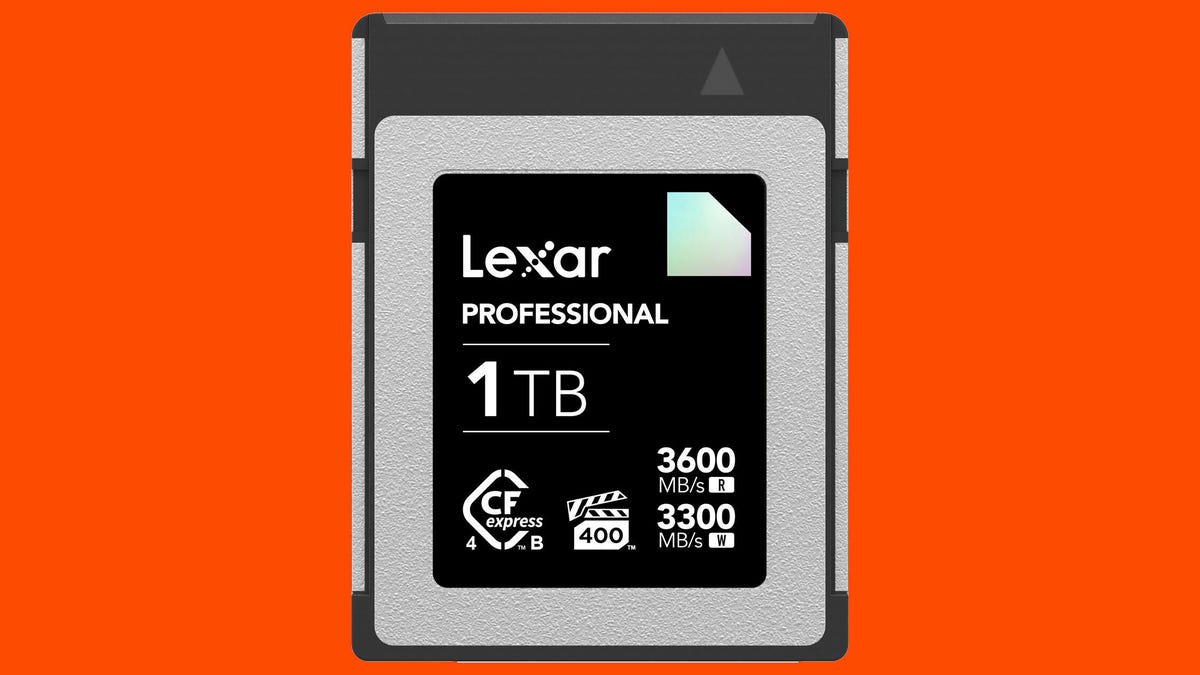
Lexar’s Professional CFexpress Type B Diamond memory card
Lexar’s faster CFexpress memory cards
Sony, Canon and Nikon shooters with newer mirrorless cameras get video and burst shooting advantages with CFexpress memory cards, and Lexar has some faster new options. Its new Lexar Professional CFexpress 4.0 Type B Diamond Series cards — the type used by Canon and Nikon mirrorless cameras — write data up to 3.3GBps with their PCIe Gen 4 interface. The Lexar Professional CFexpress 4.0 Type A Gold Series cards for Sony reach write speeds of 1.6GBps.
Those are double the speeds that were available with earlier PCIe Gen 3 models. For GoPro shooters or others who need SD Cards, Lexar announced a MicroSD UHS-II card with a write speed of 180MBps. The company didn’t announce pricing or availability, though.
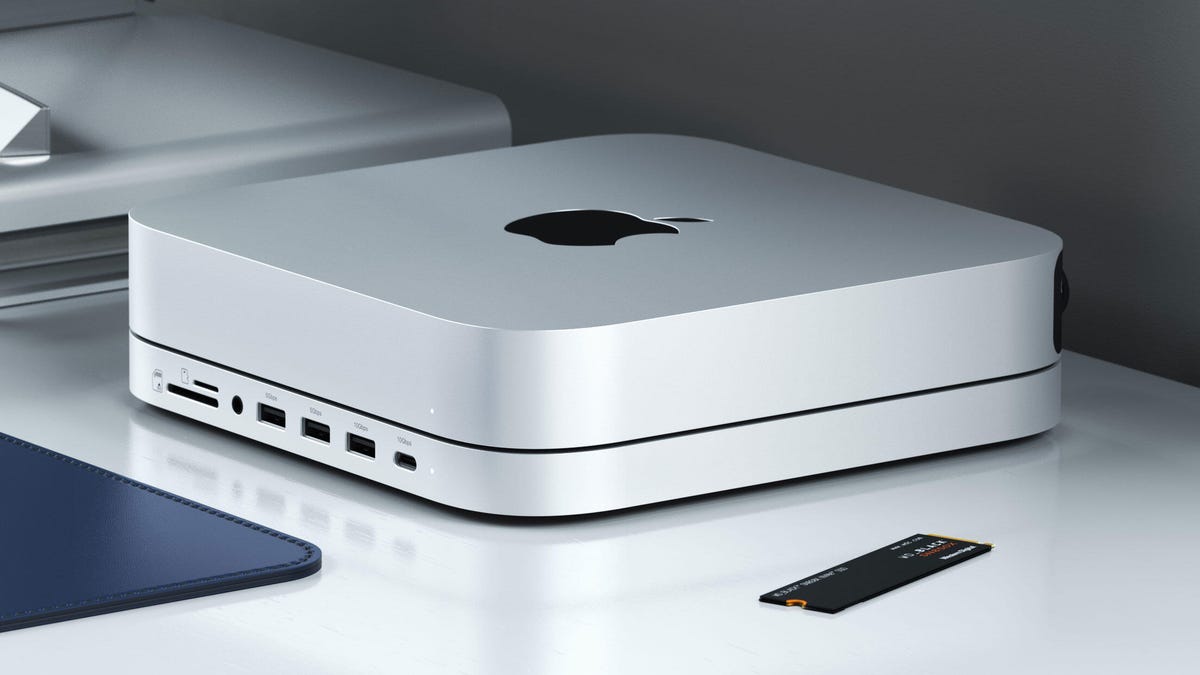
Satechi Stand & Hub, a slim port expander and SSD enclosure that fits underneath Mac Mini and Studio computers
Satechi Stand & Hub for Mac Mini and Mac Studio
If you edit photos and videos on a Mac Mini or Mac Studio, Satechi’s $100 Stand & Hub fixes those compact machines’ shortcomings. The slim, fitted, color-matched module slips right underneath and puts USB-A and USB-C ports as well as an SD Card slot on the front of the machine.
The Mac Mini forces you to plug devices and cables into the back of the computer, which is fine if you never change your setup, but many of us have to insert card readers, external drives, backup drives, network cables and other transitory peripherals. The Mac Studio offers some front ports, but the Satechi Stand & Hub adds more.
And it’s got a built-in NVMe SSD enclosure, if you need a few terabytes of extra storage space. The SSDs are sold separately, though.
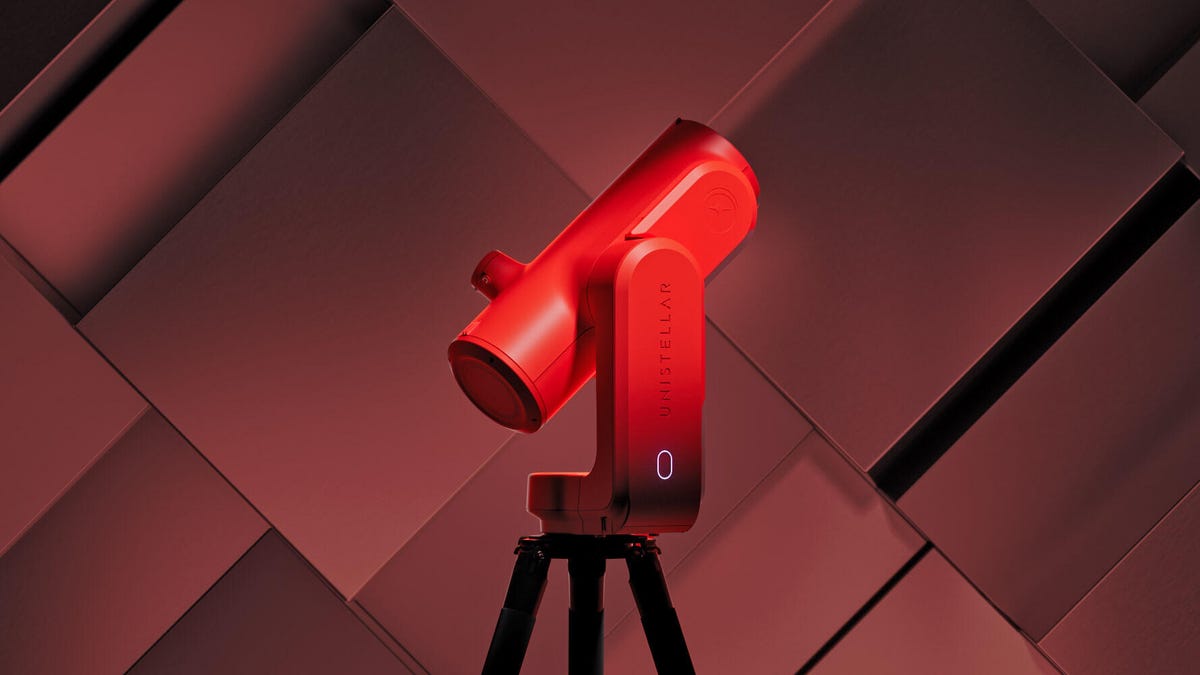
Unistellar’s Unistellar Odyssey Pro digital telescope is on sale now, but a special red edition goes on sale in April.
Unistellar’s Odyssey digital telescope
Unistellar’s second-generation telescopes have autofocus, a big improvement for people who want to take photos of the Whirlpool Galaxy or Dumbbell Nebula.
At $2,499 for the Odyssey and $3,999 for the Odyssey Pro, these machines aren’t a casual purchase. But for folks interested in astrophotography, they’re an easier start than more serious but fussy telescope setups.










